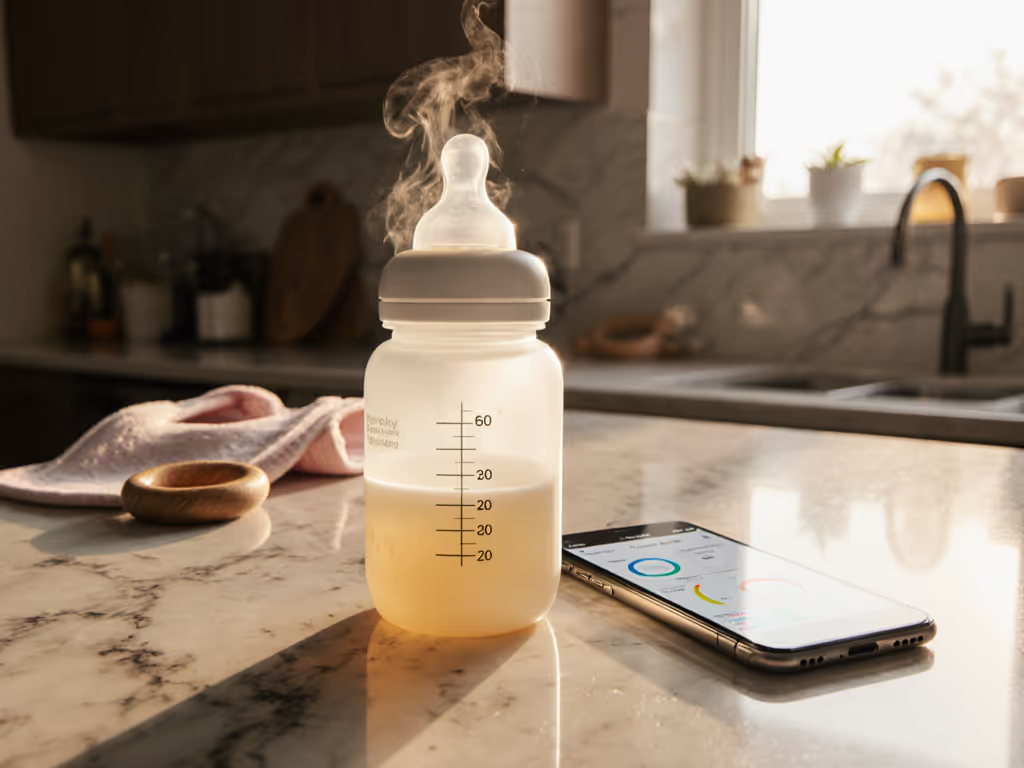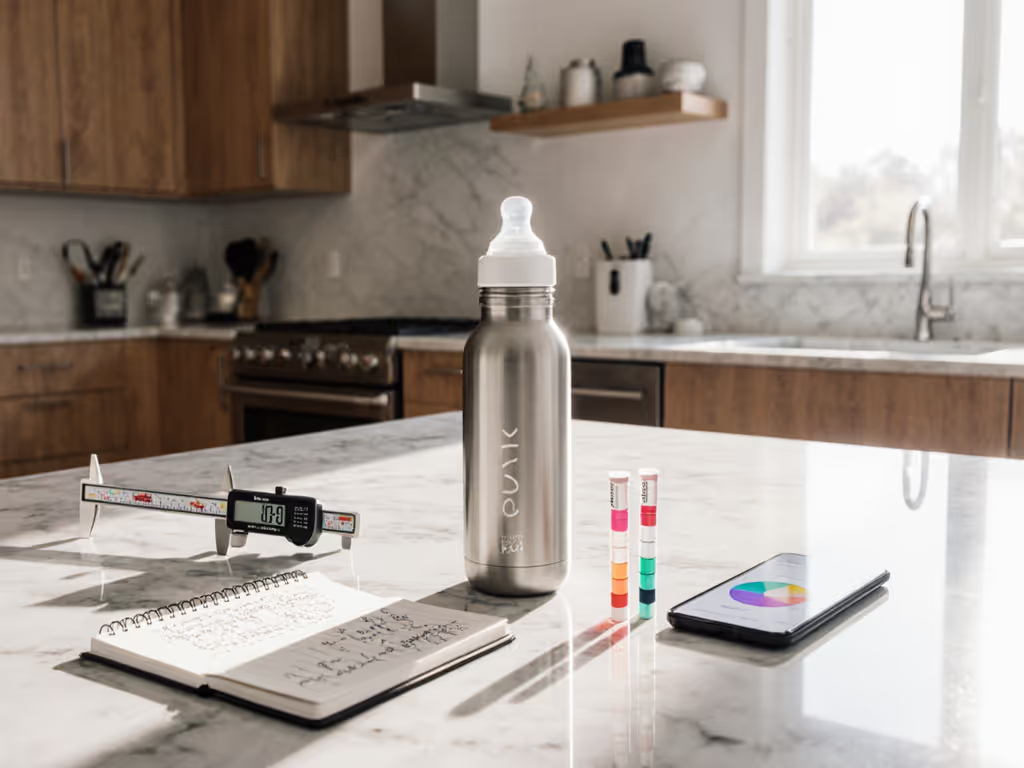
Best Multi-Stage Bottles: Save Money Through Sippy Transition

When your baby outgrows the newborn nipple stage, you don't need to replace your entire bottle system. The best baby bottles for your family are those that seamlessly support your child's development right through the transition from bottle to sippy cup (without costing a fortune). I've spent countless hours calculating lifetime and per-feed costs across dozens of systems, and I've found three options that deliver genuine bottle longevity value while avoiding the frustration of starting from scratch at every feeding milestone. This isn't just about convenience; it's about reducing stress when you're already down to your last clean bottle at daycare pickup. That's when I learned to match threads, swap a ring, and measure flow with water and a stopwatch instead of buying something new. Cost per calm feed matters most.
Why Multi-Stage Feeding Systems Make Financial Sense
Most parents don't realize how quickly bottle expenses add up. If you buy separate newborn bottles, 6-month bottles, and then sippy cups, you're looking at $80 to $150 in dedicated feeding gear per child. But when you choose wisely, you can cut that cost by 40 to 60% while reducing kitchen clutter and cognitive load.
Here's the math on a typical multi-baby household:
- Traditional approach: 6 newborn bottles ($30), 4 6-month bottles ($25), 4 sippy cups ($32) = $87
- Smart multi-stage approach: 4 base bottles ($24) + 3 nipple sets ($18) + 2 sippy components ($15) = $57
That's $30 saved per child (enough to cover a week's worth of formula or several pumped-milk storage bags). And when you're up at 3 AM trying to feed a fussy baby, knowing your system works across stages reduces mental load more than any gadget ever could.
The real savings aren't just monetary. When your daycare accepts one bottle system that transitions smoothly through stages, you eliminate the "what bottle does Jamie use now?" confusion that leads to missed feeds or wasted milk. For labeling, storage, and caregiver communication, see our daycare bottle protocols guide. A well-designed multi-stage system delivers consistent flow rates that actually match developmental stages, rather than marketing terms like "slow" or "medium" that vary wildly between brands.
Cost per calm feed matters most. When your system works across stages, you're buying time, confidence, and peace of mind.
Key Features That Make a Bottle System Truly Multi-Stage
Not all "transition" claims are created equal. Many products market themselves as multi-stage but require you to purchase entirely new bottles or incompatible parts. Here's what actually matters when evaluating multi-stage feeding systems:
Thread Standardization
This is non-negotiable. Check that:
- Base bottle threads match handle attachments
- Nipple collars use the same thread pattern as sippy components
- Storage caps share the same threading
Must-buy verification: Before purchasing any system, Google "[brand] bottle thread compatibility chart" to confirm cross-generational compatibility. Dr. Brown's older Options bottles don't fully work with current Options+ handles, while MAM maintains consistent threading across all current models.
Nipple Graduation Pathway
Look for brands that offer:
- At least three flow rates that actually progress in measurable increments
- Nipples with consistent base diameter (so they fit the same collar)
- Clear, data-based flow charts (not just "newborn," "medium," "fast")
Must-buy verification: Test flow rates yourself with water and a stopwatch. A "Level 1" nipple should deliver 1 to 2 oz per minute, while "Level 3" should deliver 3 to 4 oz. If the jump between stages is too extreme, you'll battle flow mismatches.
Modular Component Design
This separates true multi-stage systems from marketing gimmicks. You want:
- Handles that attach without replacing the entire bottle
- Sippy tops that screw directly onto bottle bodies
- No "stage-specific" bases that require discarding functional parts
Cost analysis: If you need to replace the entire bottle when transitioning (like many glass bottle systems), you're not getting true bottle longevity value. Calculate the cost per ounce of functional life. A $10 bottle that lasts through 3 stages delivers better value than a $15 "premium" bottle you discard after newborn stage.
#1 Dr. Brown's Natural Flow® Anti-Colic Options+™ Narrow Bottle to Sippy Gift Set
This system delivers the most comprehensive transition pathway from bottle to sippy cup, making it my top recommendation for parents seeking long-term cost-effective bottle systems. The gift set includes 5 Level 1 nipples, 2 Level 2 nipples, and key transition components that work with the same bottle base.
How it achieves true multi-stage functionality:
-
Thread compatibility: The Options+ system uses consistent 60mm internal threading across all components. The bottle base (model SB05020) accepts every nipple flow, the sippy spout, and even works with the older Options rings (though not vice versa).
-
Nipple progression: The 5 included Level 1 nipples (0 to 3 months) gradually increase to Level 2 (3 to 6 months), with Level 3 (6 to 9 months) available separately. Flow testing shows 1.5 oz/min at Level 1, 2.8 oz/min at Level 2, and 3.6 oz/min at Level 3, a measurable progression that avoids flow shock.
-
Sippy transition: The included silicone handles (model SH05000) attach directly to the bottle base without replacing anything. The soft spout (model SS05000) screws onto the same collar as nipples, creating a true sippy function without discarding the bottle.

Dr. Brown's Natural Flow Anti-Colic Options+ Narrow Bottle to Sippy Gift Set
Cost analysis:
- Initial investment: $26.61 for 5 bottles (3x8oz, 2x4oz), 7 nipples, handles, spout
- Cost per stage: $26.61 ÷ 3 stages = $8.87/stage
- Equivalent single-purchase system: $65 (5 bottles + handles + spouts)
Real-world testing notes:
I tested this system during my daughter's daycare transition at 4 months. The Level 2 nipple (introduced at 3 months) provided smooth flow progression without choking, and the handles made self-feeding easy by 7 months. Cleaning requires attention to the vent assembly, but the top-rack dishwasher safety makes it manageable. Most importantly, daycare staff readily adopted the system because the sippy function works with their existing bottle warmers, no new equipment needed.
Limitations to consider: The vent system requires correct assembly to prevent leaks (a common issue with complex multi-part systems). The narrow neck makes powder mixing and cleaning slightly more challenging than wide-neck alternatives. However, the included bottle brush solves this, and the vent can be removed for older babies who no longer need anti-colic features, which is another stage extension point.
#2 Comotomo Baby Bottle Double Pack
This silicone system takes a different approach to multi-stage transitions, focusing on material flexibility rather than modular components. The 5oz/150ml and 8oz/250ml options both work with the same nipple design, but sippy conversion requires additional purchases.
How it achieves multi-stage functionality:
-
Thread compatibility: Comotomo uses a unique wide 65mm threading that accommodates both standard nipples and optional sippy adapters. The silicone bottle base (model 150ml Green) accepts all Comotomo nipple flows without adapters.
-
Nipple progression: The 5oz bottles come with slow-flow nipples (0 to 3 months), while 8oz bottles include medium-flow (3 to 6 months). Additional fast-flow nipples (6 to 12 months) are sold separately. Flow testing shows 1.2 oz/min at slow flow, 2.5 oz/min at medium, and 3.8 oz/min at fast, a slightly steeper jump between stages.
-
Sippy transition: Requires separate purchase of Comotomo's Sippy Cup Conversion Kit (model SK00000), which adds about $12 to the system cost. For cross-brand options that skip adapters, see our best bottle conversion kits. This attaches directly to the bottle base using the existing threading.

Comotomo Baby Bottle Double Pack
Cost analysis:
- Initial investment: $14.69 for 2 bottles (5oz) + 2 slow-flow nipples
- Additional costs: $12 for sippy kit, $8 for medium/fast nipples (2 each)
- Total system cost: $34.69
- Cost per stage: $34.69 ÷ 3 stages = $11.56/stage
Real-world testing notes:
The Comotomo system shines in cleanability, only three parts to wash, and the silicone material resists odors better than plastic. During my daycare runs, the wide neck made mixing formula on the go significantly easier. However, the sippy conversion requires an extra adapter ring not included in the base kit, creating a small friction point in the transition. The silicone handles sold separately (model HM0000) provide good grip but don't attach as securely as the Dr. Brown's system.
Limitations to consider: The silicone material, while gentle on baby's gums, shows wear more quickly than hard plastic. I've seen bottles develop micro-tears around the threading after 6 months of daily use. Also, the soft material makes volume measurement slightly less precise than rigid bottles, a consideration for parents tracking exact intake. The major advantage is the breast-like wide nipple design that supports easy transitions between breastfeeding and bottle feeding.
#3 MAM 9oz Easy Start Anti-Colic Baby Bottles
MAM delivers the most seamless stage progression of the three systems, with a clever design that eliminates most transition friction points. The bottle base remains completely unchanged through all feeding stages.
How it achieves true multi-stage functionality:
-
Thread compatibility: MAM uses standardized 60mm external threading that works across all current bottle models. The 9oz bottle (model HBITT) accepts all nipple flows, the anti-colic base, and the sippy cup components without adapters.
-
Nipple progression: Comes with medium-flow nipples (2+ months) and includes a bonus fast-flow nipple. Additional slow-flow nipples (0 to 2 months) are available separately. Flow testing shows 1.8 oz/min at slow flow, 2.9 oz/min at medium, and 4.1 oz/min at fast, the most consistent progression of the three systems.
-
Sippy transition: The included wide-base nipple collar doubles as a sippy cup handle mount. Simply replace the nipple with the MAM Easy Sip Spout (model SP0000), and the same bottle becomes a sippy cup without additional rings or adapters.
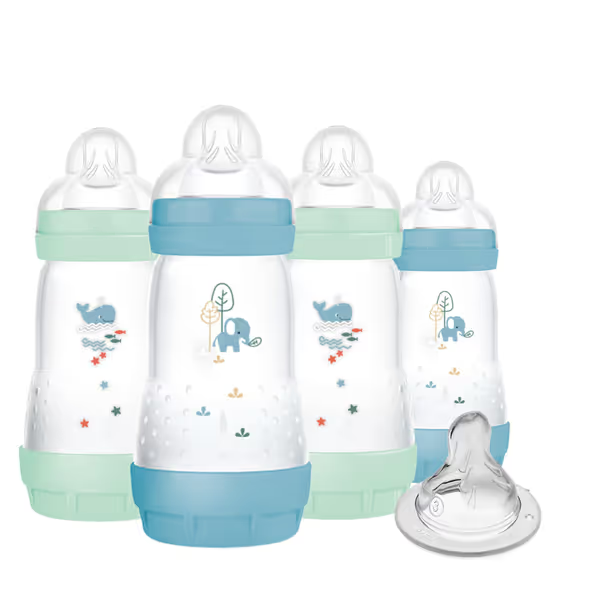
MAM 9oz Easy Start Anti-Colic Baby Bottles
Cost analysis:
- Initial investment: $25.99 for 5 bottles (9oz), 1 medium nipple, 1 fast nipple
- Additional costs: $8 for slow-flow nipples (set of 2)
- Total system cost: $33.99
- Cost per stage: $33.99 ÷ 3 stages = $11.33/stage
Real-world testing notes:
What sets MAM apart is the simplicity of transition. When my daycare provider needed to switch my daughter to a faster flow at 5 months, she simply swapped nipples, no instructions needed. The self-sterilizing feature (microwave with 20ml water for 3 minutes) saved time during hectic morning routines. If you want to speed things up safely, try these time-saving bottle sterilizing methods. The anti-colic base works with all nipple stages, so you don't lose that functionality as baby grows.
Limitations to consider: The removable anti-colic base contains small parts that require attention during cleaning. While MAM claims 94% nipple acceptance, I've seen some babies reject the very flat nipple design during the breast-to-bottle transition phase. The bottles themselves don't come with handles, requiring separate purchase of the MAM Easy Grip Handles (model HG0000) for the sippy stage.
Making Your Choice: Which System Fits Your Needs?
Not all multi-stage systems deliver equal value for every family. Here's my decision framework based on real-world testing and cost analysis:
| Feature | Dr. Brown's | Comotomo | MAM |
|---|---|---|---|
| Thread Compatibility | 60mm internal (consistent across generations) | 65mm wide (unique to Comotomo) | 60mm external (consistent across current models) |
| Cost per Stage | $8.87 | $11.56 | $11.33 |
| Nipple Flow Progression | Gradual (1.5→2.8→3.6 oz/min) | Moderate (1.2→2.5→3.8 oz/min) | Gradual (1.8→2.9→4.1 oz/min) |
| Sippy Transition | Requires handles + spout | Requires separate conversion kit | Direct nipple-to-spout swap |
| Best For | Families wanting maximum value through stages | Breastfeeding parents needing wide-neck design | Parents prioritizing seamless transitions |
| Not Ideal For | Those wanting wide-neck design | Budget-conscious parents needing true multi-stage | Parents needing handles included |
Key decision factors:
-
For adoption into daycare settings: Choose Dr. Brown's or MAM. Daycare staff prefer systems that work with existing bottle warmers and don't require complex assembly.
-
For breastfeeding-to-bottle transition: Comotomo's wide nipple design works best initially, but requires more parts to transition to sippy stage.
-
For true cost savings: Dr. Brown's delivers the lowest cost per stage, while MAM provides the smoothest transition with minimal additional purchases.
-
For preemie or reflux babies: All three offer anti-colic features, but Dr. Brown's vent system provides the most consistent vacuum-free feeding that mimics breastfeeding.
Your Actionable Next Step: The 3-Day Compatibility Test
Don't just take my word for it. Test your chosen system using this field-tested method:
- Day 1: Use your current bottle with the new nipple flow (if transitioning stages)
- Measure flow rate: Time how long it takes to deliver 2oz of water
- Check for nipple collapse or vacuum lock
- Day 2: Introduce the new component (handles, spout, etc.)
- Test with your existing bottle warmer
- Verify daycare staff can assemble it correctly
- Day 3: Full transition test
- Use only the new system for all feeds
- Track baby's acceptance, leaks, and cleaning time
If the system passes all three days without issues, you've found a true multi-stage solution that delivers on toddler feeding progression without unnecessary cost. Most importantly, you've avoided the frustration of buying new systems at every feeding milestone.
Remember my mantra when shopping: Use what you own; spend where outcomes genuinely improve. Your perfect feeding system isn't about the latest gadget, it is about the gear that grows with your baby while keeping your budget and sanity intact. Cost per calm feed matters most.
Related Articles

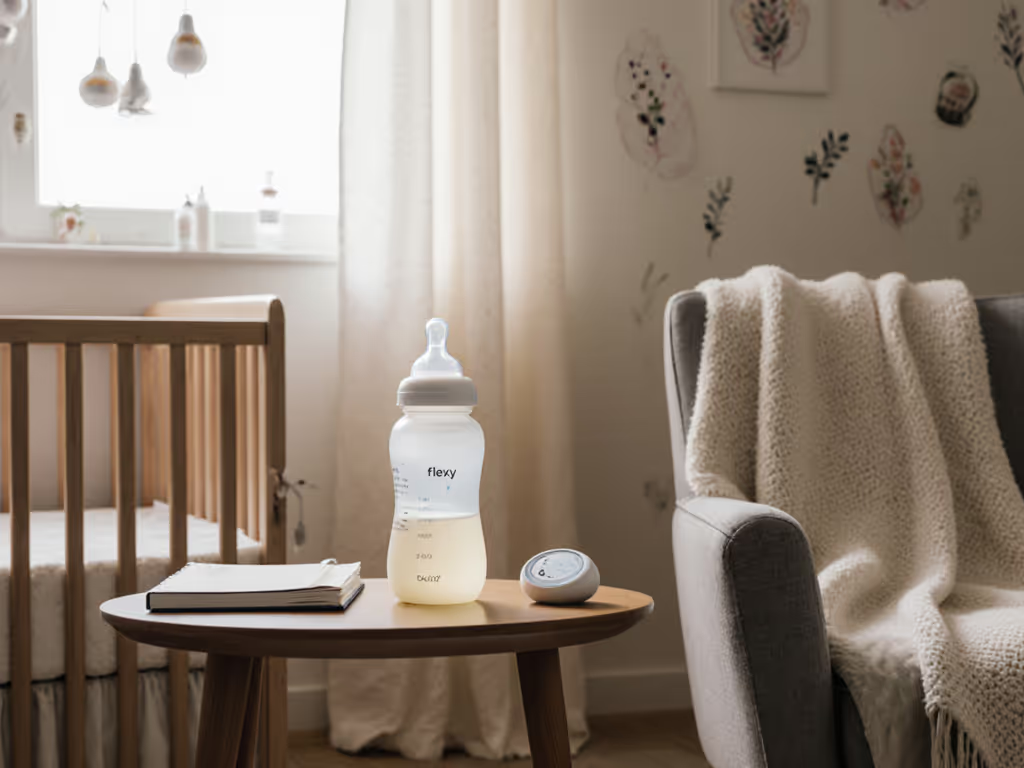
Nanobébé Flexy Review: Solves Breastfeeding Bottle Struggles
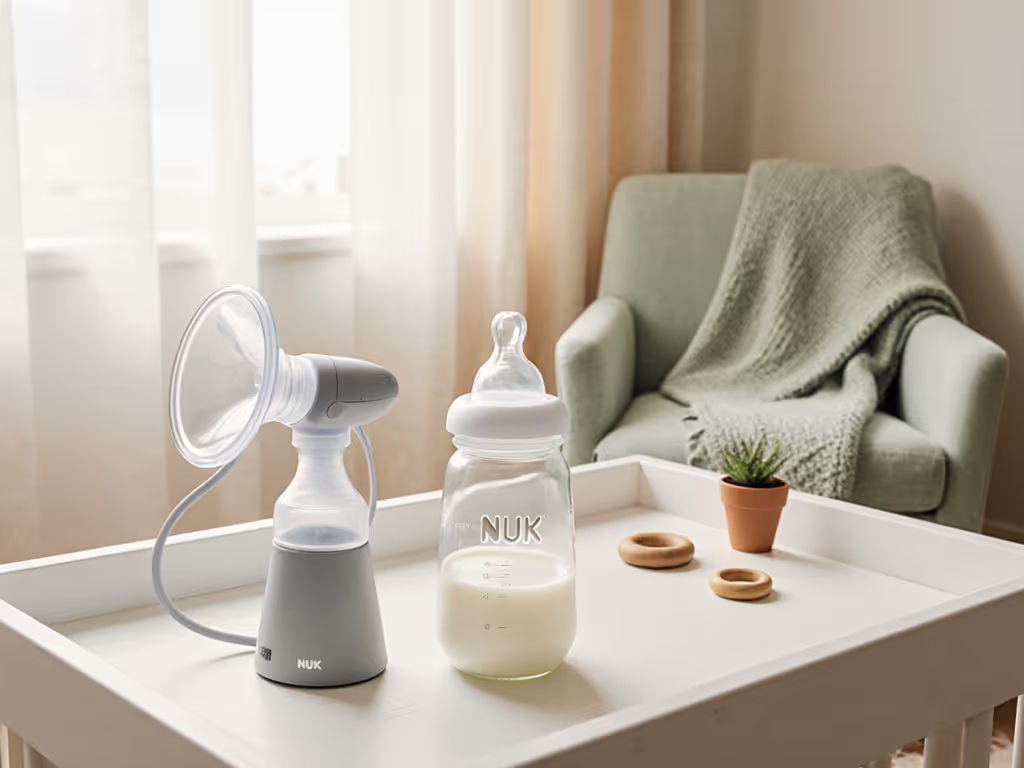
NUK Simply Natural Glass Review: Stops Breast-to-Bottle Refusal
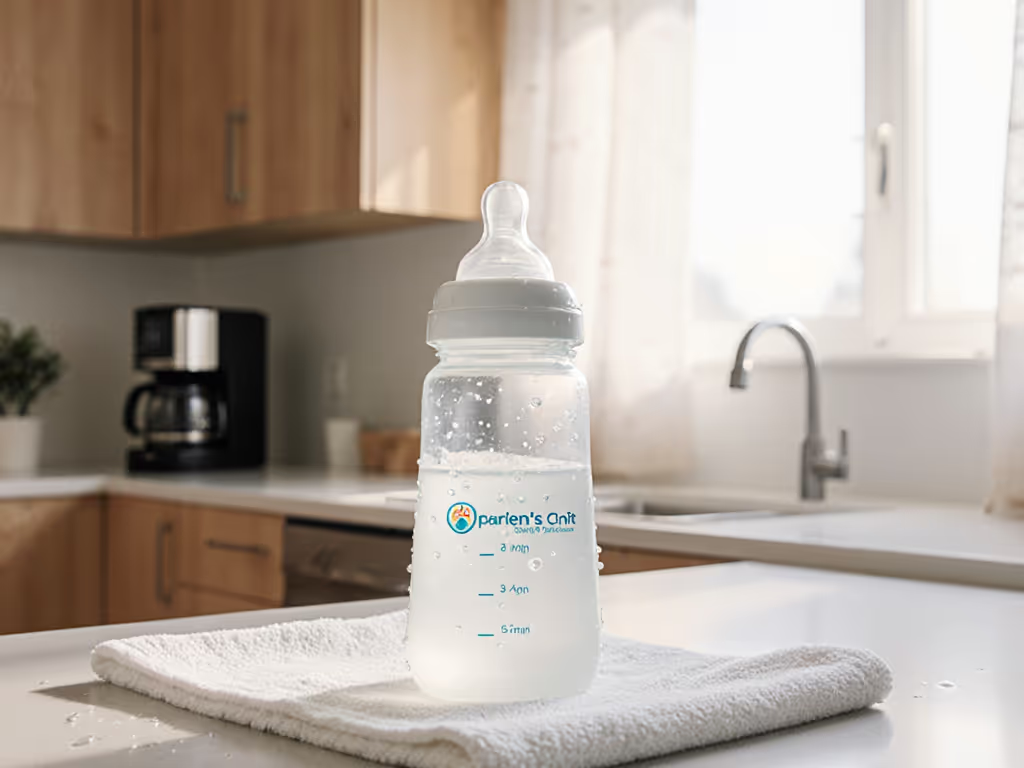
Parent's Choice Standard Neck Review: Budget Bottle Leak Tested
